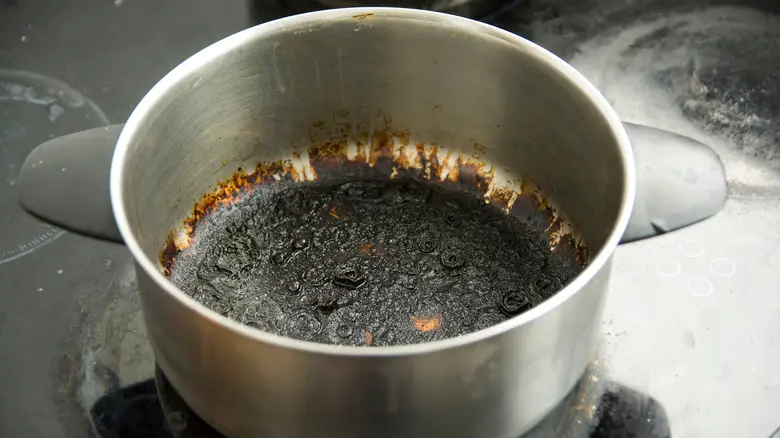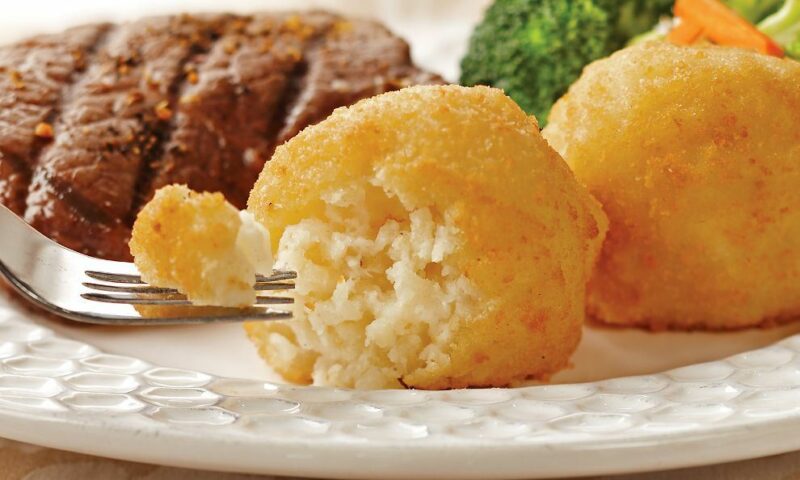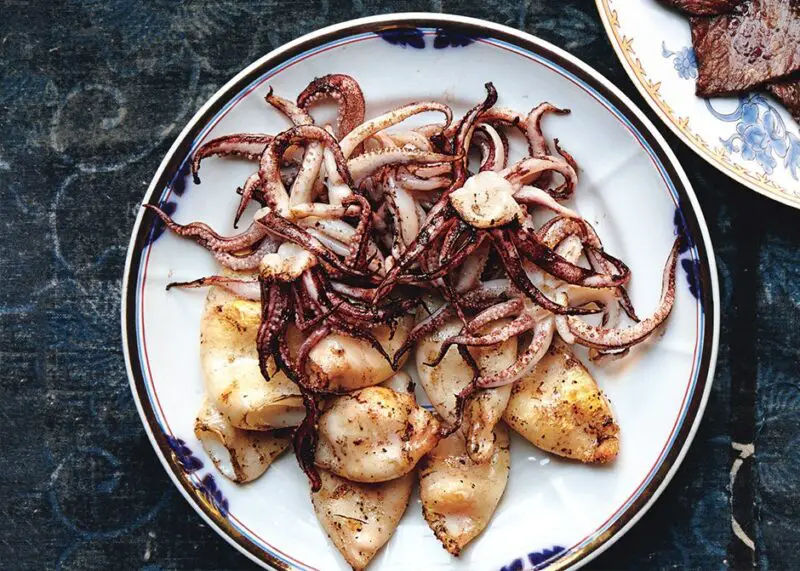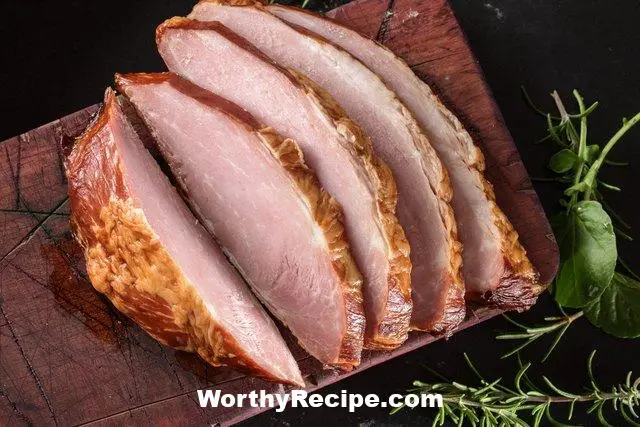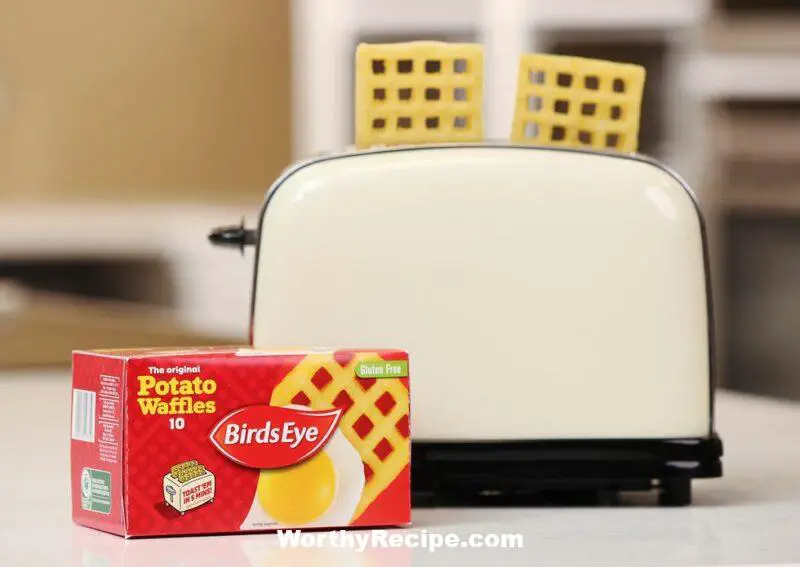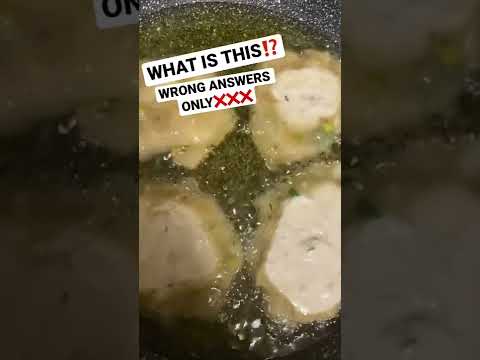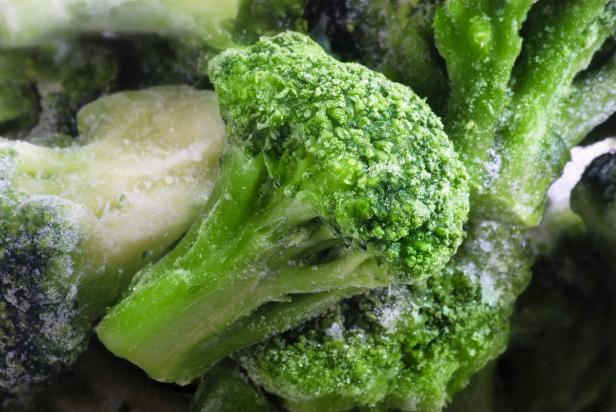Can You Use Cooking Spray on Stainless Steel?
Cooking sprays are a popular choice for many home cooks, as they offer an easy and convenient way to add oil to pans without worrying about measuring or spills. At the same time, stainless steel is a popular material for cookware due to its durability and non-reactive properties. However, combining these two can be a bit tricky, as there are several factors to consider when using cooking spray on stainless steel.
The Nature of Stainless Steel
Before we delve into the specifics of cooking spray, let’s first take a closer look at the nature of stainless steel. This material is made up of iron, chromium, and other metals that provide its unique properties. The chromium in stainless steel is what makes it “stainless,” as it forms a thin oxide layer on the surface that prevents rust and corrosion.
Stainless steel is an excellent choice for cookware because it is non-reactive, meaning it won’t interact with acidic or alkaline foods. Additionally, it has an excellent thermal conductivity rate, making it ideal for even heat distribution when cooking.
Another benefit of stainless steel is that it can have non-stick properties, although not to the extent of coated non-stick pans such as Teflon. Due to the smooth surface of stainless steel cookware, food particles are less likely to stick than with cast iron or copper.
What Is Cooking Spray?
Cooking spray is a product that comes in an aerosol can and contains oil or another type of fat. It’s designed to provide a quick and easy way to lubricate pans without having to use traditional cooking oils, which can be messy and imprecise.
Cooking sprays usually contain propellants and other additives that help to create an even coating of oil or fat on the surface of the pan. Some popular brands of cooking spray include Pam, Crisco, and Wesson.
Benefits and Downsides of Using Cooking Spray on Stainless Steel Cookware
Using cooking spray on stainless steel cookware can have both positive and negative effects. Let’s take a closer look at each:
Benefits
- Provides a non-stick coating to the pan’s surface that makes cooking easier
- Lowers the risk of food sticking to the pan, making it easy to clean after use
- Saves time by reducing food preparation time
Downsides
- May reduce the longevity or lifespan of your stainless steel cookware due to buildup or damage caused by the chemicals in the spray
- May leave a sticky film on the pans if not used correctly
- May produce harmful fumes during high-heat cooking, which can be dangerous to inhale or cause respiratory discomfort
When Should You Use Cooking Spray on Stainless Steel Cookware?
The best time to use cooking spray on stainless steel cookware is when you’re cooking at low or medium heat. Most commercial cooking sprays have a smoking point between 375-450 degrees Fahrenheit, which can produce unhealthy fumes if exceeded. For this reason, it’s best to avoid using cooking spray when you’re pan-searing or frying at higher temperatures.
Cooking spray is also an excellent option when you’re prepping food for roasting or baking in your stainless steel cookware. It adds a thin layer of oil without overwhelming the flavor of the dish and ensures that your food doesn’t stick to the pan while cooking.
How to Use Cooking Spray Properly with Stainless Steel Cookware?
To use cooking spray properly with stainless steel cookware, follow these tips:
- Shake the can well before spraying to ensure even distribution of the oil
- Hold the can 6-8 inches away from the surface of the pan to prevent buildup or overspray
- Spray a thin layer of oil onto the pan, avoiding any aerosol sprays that contain propellants or other additives (these can damage your cookware over time)
- Avoid re-spraying during cooking as it can cause buildup and affect the flavor of your food
Another important consideration is the type of cooking lubricant you use. Many oils and fats have a lower smoking point than cooking spray, making them less suitable for high-heat cooking. When using an oil-based lubricant, be sure to choose one that has a high smoking point, such as avocado oil or peanut oil.
Alternative Cooking Lubricants for Stainless Steel Cookware
If you don’t want to use cooking spray on your stainless steel cookware, there are several alternatives to consider:
Butter and Margarine
These natural fats offer a delicious flavor and provide a non-stick coating to your pan. However, they have a lower smoking point than many oils and can burn if used at high temperatures.
Oil
Oils like vegetable oil or olive oil are another alternative to consider when using stainless steel cookware. They have a higher smoking point than butter or margarine, making them perfect for high-heat cooking. However, keep in mind that heavier oils like sesame or coconut oil may leave a residual smell or flavor on your dishes.
Lard and Tallow
If you are an enthusiast of traditional cooking, lard and tallow will be the perfect alternative. Steaks cooked with tallow have a unique flavor and some people enjoy using it for baking as well.
Cleaning Stainless Steel Cookware after Using Cooking Spray
After using cooking spray on your stainless steel cookware, it’s important to clean it thoroughly. Use hot soapy water to remove any residues, and dry the pan immediately with a towel to prevent water spots from forming. Avoid using abrasive sponges or cleansers that can scratch the surface of your pan.
Conclusion
When it comes to using cooking spray on stainless steel cookware, there are benefits and risks to consider. While it can provide a non-stick coating and make cooking easier, it can also cause damage to your cookware if not used correctly. Always follow the manufacturer’s instructions for best results and consider alternative lubricants if you’re concerned about the chemicals in cooking sprays. Ultimately, the choice between cooking spray and other lubricants depends on your preferences and needs as a cook.
Frequently Asked Questions
1. Can cooking spray damage stainless steel surfaces?
Using cooking spray on stainless steel surfaces can be safe as long as you use it in moderation and follow the instructions on the label. However, excessive use of cooking spray may cause a build-up of residue, which can lead to discoloration or damage to your stainless steel cookware.
2. Are there any alternative cooking methods for stainless steel cookware besides using cooking spray?
Yes, there are several alternative cooking methods that you can opt for instead of using cooking spray on stainless steel cookware. You can use oil or butter to coat the surface of your pan or dish before cooking, which will help to prevent food from sticking and provide a natural non-stick surface.
3. How do I clean stainless steel cookware after using cooking spray?
To clean stainless steel cookware after using cooking spray, simply wash it with warm soapy water and rinse thoroughly. Use a soft-bristled brush or sponge to remove any residue or food particles from the surface of the metal. You can also use a specialized cleaning product designed specifically for stainless steel, which will help to restore its shine and keep it looking like new.
4. Is it safe to use any type of cooking spray on stainless steel surfaces?
Not all types of cooking sprays are safe to use on stainless steel surfaces. Make sure to check the label and avoid any sprays that contain ingredients that may cause discoloration or damage to your cookware. Stick to high-quality, food-grade cooking sprays that are specifically formulated for use on stainless steel surfaces for optimal results.
